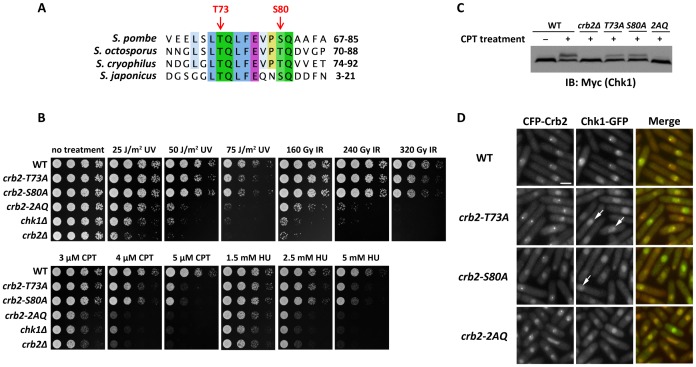Figure 2. Two conserved SQ/TQ motifs in the N-terminal region of Crb2 are essential for Chk1 recruitment and activation.
(A) Sequence alignment of S. pombe Crb2 and its orthologs from three other fission yeast species revealed two conserved neighboring SQ/TQ motifs in the N-terminal region of Crb2. The positions of the two motifs in S. pombe Crb2 are labeled on top. (B) Mutations in Crb2 SQ/TQ cluster resulted in DNA damage hypersensitivity. Fivefold serial dilutions of cells were spotted on YES plates and incubated at 30°C. Photos were taken 2 d later for untreated, UV-treated, IR-treated and CPT-containing plates. The HU-containing plates were photographed 3 d later. Strains used were LD195, LD346, DY377, DY369, DY370 and DY371. (C) DNA damage-induced Chk1 phosphorylation is defective in Crb2 SQ/TQ cluster mutants. Cells were untreated or treated with 20 µM CPT for 2 h. Cell lysates were separated on SDS-PAGE and probed with an anti-Myc antibody by immunoblotting. Strains used were DY377, LD195, DY369, DY370 and DY371. (D) Mutations in Crb2 SQ/TQ cluster diminished Chk1 foci but not Crb2 foci. Cells expressing Chk1-GFP and CFP-Crb2 were challenged with S-phase IR treatment as in Figure 1A and examined by fluorescence microscopy. Arrows indicate dim Chk1 foci in crb2-T73A and crb2-S80A cells. Strains used were DY6503, DY6504, DY6505 and DY6506. Bar, 5 µm.

